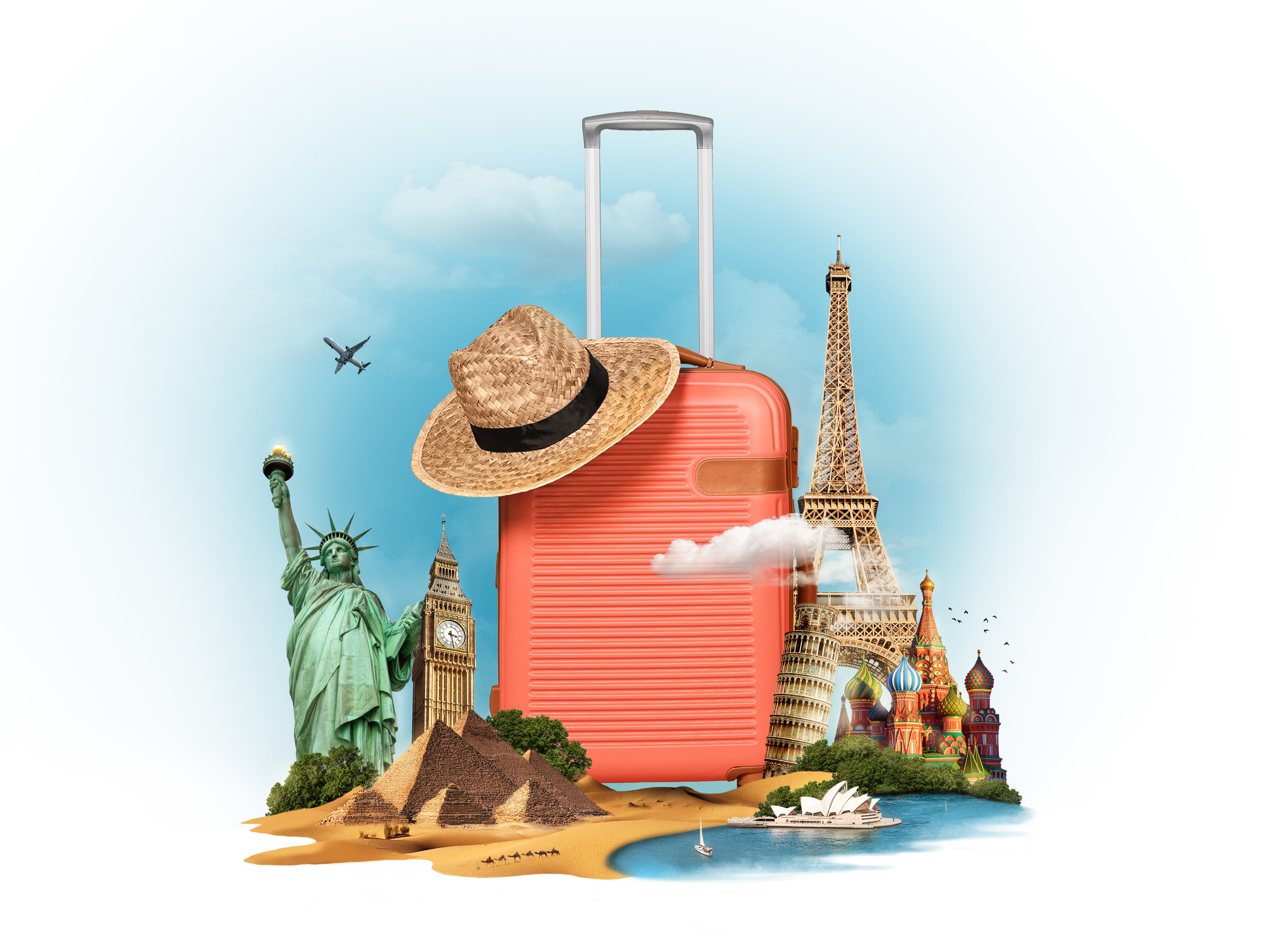How Can You Be Certain That Your Travel Dollars Remain Local?

Best Investment Zones
Is there a technique to “follow the money” when traveling to make sure that your money helps the communities you visit and remains local? This article underlines suggestions for how to go about it and a look at some movements and processes in the travel business that may be of use.
“Only about $5 of every $100 spent on a tour holiday by a visitor actually stays in the economy of a developing-country destination.” – Environment
Programme of the United Nations (UNEP)
Every time I see this statistic, it gets to me.
You invest money in your travels; shouldn’t that help the places you go? On the other hand, does the money you spend locally stay in the neighborhood?
That is entirely dependent. And, based on the facts, not always. Leakage, for instance, is the situation in which funds used for travel to or within a destination wind up in foreign hands.
“Zero dollar tourism” is the most rapacious and destructive kind of leaking by design.
Except for the most extreme cases, most of the tourism sector resides in shades of grey. It might be challenging to estimate how much of the money you spend on a trip—on activities, housing, tour, transportation, and food—remains in the local economy.
However, several organisations and companies are bringing attention to the issue and providing travellers with fundamental tools to help them track their trip expenditures.
For example, it includes frameworks for measuring whether suppliers are locally owned.
Employment and the Multiplier Effect as a Result of Tourism Dollars
Staying Local
Why do we want to keep tourist spending in the neighborhood economy in the first place?
To respond, let’s take a quick look at how tourism spending might benefit local communities.
According to the estimates of World Travel and Tourism Council (WTTC), travel and tourism account for one out of every ten employment globally. Regardless of your connection to the travel industry, it is astounding to consider. But just how does this operate?
Each touchpoint in the normal travel experience offers the chance to collaborate with regional companies, social entrepreneurs, and organizations. In addition, travellers require lodging (accommodation), food (restaurants and markets), transportation (transportation), and shopping (gifts, crafts, and souvenirs). Not to mention experience, which was probably the main reason for the tour in the first place (guides, trips, sites).
In a perfect world, money spent on travel that “lands” locally generates jobs, increases the opportunities for small and family businesses to generate income, and encourages the development of new products and businesses. Additionally, it can support the preservation of cultural heritage, promote public spending on local infrastructure, and safeguard natural resources. Most significantly, these economic ties enable local families to support themselves.
Local businesses are supported when a travel-related commodity or service is purchased, such as food for restaurants, hotel supplies, etc. This includes both the original local company and its suppliers. As spending on tourism weaves its way into other nearby sectors of the local economy, this creates a wider tapestry of socioeconomic influence. The multiplier or ripple effect is a term used to describe this phenomenon of influence spreading. Consider the time our G Adventures tour group spent at a communal homestay in Madagascar. The funds from our visit to the organizing community organization are used to buy local produce, meat, and other goods and to support several part-time local employees (such as a guide, cook, etc.).
This ensures local farmers receive a fair and consistent market price for their produce. As tour frequency rises, farmers may also be spared from making an exhausting drive to a regional market located several hours away, where they could have received even less for their goods. The increased income received by farmers is likely used to fix neighbouring homes, buy food, and use other services, which causes an economic ripple to spread across the neighbourhood.
Spending Local for Independent Travelers
Here are a few tips to help independent travellers get the most out of their tourist dollars. These recommendations may seem obvious, we realize. However, we’ve discovered through time that they’re more difficult than they appear:
Stay at guesthouses, motels or another lodging that is locally owned.
dine in neighbourhood eateries, use public transit in your area (e.g., public or private) purchase locally crafted items, ideally from the maker directly, and plan excursions with knowledgeable local guides.
Attempt to distribute funds to several nearby companies. The goal is to use this as an organic travel strategy to sample a wide range of shopping, cuisine, and other amenities a place has to offer, not swapping hotels daily.
Using organized tours to spend locally
When choosing an organized tour, you may use a similar “go local” strategy by picking a firm that uses local companies to offer the trip’s many components, including lodging, food, transportation, and guides.
It all seems very straightforward. But, in actuality, it’s not simple. Consider your selections for lodging, dining, or other travel-related services: How can you be sure that every business you deal with is a local one? How can you know if your purchases support the local economy?
Following Your Travel Money: It’s a Journey
A rising proportion of tourists demand that their travel-related expenditures contribute to the local economy. The sophistication of frameworks to comprehend and assess such influence will increase along with our understanding of our individual and communal impacts. The advancement of tools like the Ripple Score and sustainable tourism supplier evaluations will help increase economic transparency.
Perhaps in a few years, it will be general knowledge that all travel-related services and excursions will use the same local economic benefit measuring technique and score. We will know how much of the $100 we spend on a trip stay in the neighbourhood. If people pay attention to that number, it may rise considerably from its current $5 value.
Travelers must keep requesting clarification and openness from tour operators up to that time.
The benefit will extend to travellers. It will benefit the sector as a whole.
Furthermore, it will be done with consideration for the communities we visit.









